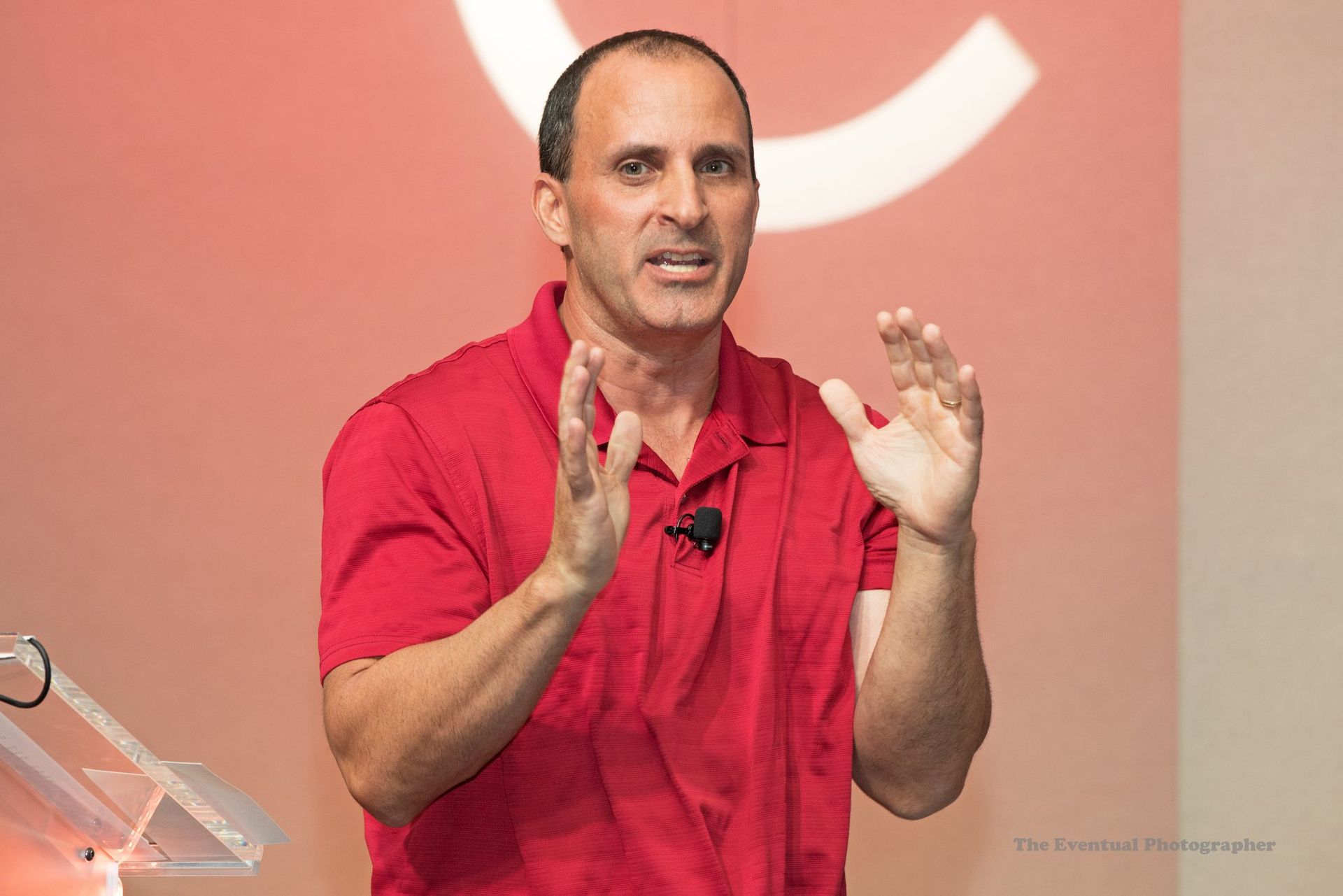How can CIOs more effectively engage MSPs (managed services providers) for their IT outsourcing needs? Logicalis US developed a short-and-sweet list to help CIOs potentially engage MSPs. Here's how CIOs should move forward internally, Logicalis US says, before deciding whether to hire an MSP:
1. Determine which components you need to outsource (i.e., service desk, security, etc.).
2. Don't provide an RFP that is too prescriptive; ask the provider for recommendations on solving your business problem.
3. Look for a firm that is adaptable and willing to meet the needs of your organization, and be sure they are willing and able to transform with you as your organization grows and changes.
4. Be sure there is a cultural fit between the MSP and your organization.
5. Invite all business and IT stakeholders to the table.
6. Bring the vendors that may be impacted into the conversation.
7. Clearly explain to your in-house IT team what their role will be, including future career paths.
8. Provide a clear transformational roadmap with identified checkpoints.
9. Determine a well-defined, two-way, tiered communication schedule between the partner and each level of your own organization that allows you to stay engaged and closely monitor the quality of the services being provided.
10. Define how you will measure the value of the project.
11. Create a flexible contract so you're not locked in for multiple years without an exit path.
Long-term Contracts?
Hmmm... Item No. 11 raises a rather interesting point. Lots of MSPs still pursue long-term contracts (i.e., 36 months and sometimes more). Smaller MSPs, in particular, need the longer-term contracts to generate positive ROI from each engagement. But Logicalis seems to be signaling a more flexible approach.
Perhaps there's a middle ground here -- long-term contracts that allow customers (and MSPs, for that matter) to walk away if the deal truly turns sour.




